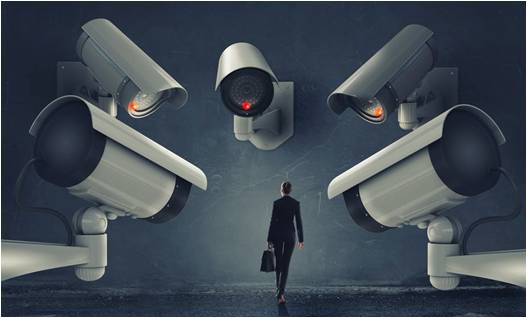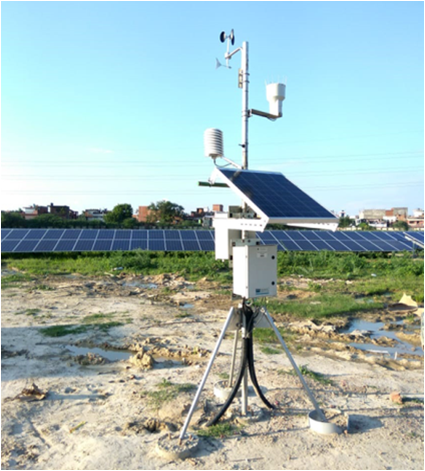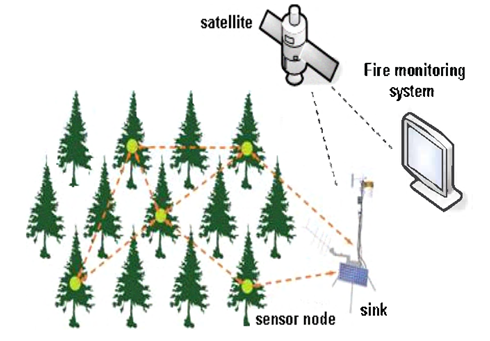In this article we will look at what are IoT characteristics with examples. The characteristics of IoT helps us to describe about IoT.
Previous article: Introduction to IoT
The characteristics of internet of things are:
- Dynamic and self adapting
- Self configuring
- Interoperable communication protocols
- Unique identity
- Integration into information network
Watch this video to learn about IoT characteristics with examples:
Contents
Dynamic and Self Adapting
In IoT, the sensors or devices respond to dynamic events and have the ability to adapt to the change in the environment. Consider a surveillance system where cameras are installed for monitoring a location. Whenever there are no objects in front of the camera, the camera will be in a low power mode.
Whenever an object is detected, the camera resumes its activity of monitoring that object. This is the dynamic behaviour. The cameras also respond to changes in the environment. If it is night time, the cameras might shift to infrared mode and vice versa during day time. Also, the cameras can adjust their picture clarity based on the environment. Thus IoT devices can self adapt to changes in the environment.
Self Configuring
The IoT sensors or devices have the capability to obtain the instructions from a remote location for installing, updating or other management related tasks. In a weather monitoring system, several sensor nodes or devices will be placed at different locations in a vast area. These nodes might be powered using natural energy sources.
These nodes from time to time receive updates or instructions from a remote management server to update the firmware, or remote start up and shut down. This self configuration ability of the nodes reduces the human intervention to visit and update all the nodes manually.
Interoperable Communication Protocols
Since the emergence of IoT, different communities developed different proprietary protocols which may not be interoperable across different devices. These protocols are being standardized so that they can be used across different devices. Some of the interoperable or standardized protocols are TCP, UDP, IEEE 802.15.4, 6LoWPAN, etc.
Unique Identity
All the devices in IoT will be having unique identities so that it will be easy to identify the device for management purpose. Some of the ways for providing unique identities are by using IP address, Uniform Resource Identifiers (URIs), and RFID tags.
Integration into Information Network
All the sensors or different devices in IoT are connected to Internet or other communication pathway. The data from sensors is aggregated and pre-processed at the local site or in the cloud. Information can be extracted from the data and appropriate decision can be made.
As an example, consider fire monitoring system in which different sensors are spread across the trees in a forest. These sensors send the data to a local sink node which is connected to the Internet. This data is analyzed and alerts are generated which are taken care by the appropriate personnel.

Suryateja Pericherla, at present is a Research Scholar (full-time Ph.D.) in the Dept. of Computer Science & Systems Engineering at Andhra University, Visakhapatnam. Previously worked as an Associate Professor in the Dept. of CSE at Vishnu Institute of Technology, India.
He has 11+ years of teaching experience and is an individual researcher whose research interests are Cloud Computing, Internet of Things, Computer Security, Network Security and Blockchain.
He is a member of professional societies like IEEE, ACM, CSI and ISCA. He published several research papers which are indexed by SCIE, WoS, Scopus, Springer and others.




Leave a Reply